THE OLD STONES OF SCOTLAND
A Field Guide to Megalithic and Other Prehistoric Sites
The Megalithic Portal
Edited by Andy Burnham
THE OLD STONES OF SCOTLAND
Where to start with Scotland? From what amounts to a stone circle showroom at Machrie Moor on Arran in the southwest, up to Orkney in the far north where some of Britains most spectacular prehistoric remains can be found, there are amazing sites of all types up and down the country. Some settings are unexpected Balfarg, one of Scotlands largest henge monuments is situated in the centre of a 1980s housing estate in Fife, while the stone circle of Craighead Badentoy in Aberdeenshire is surrounded by huge industrial containers. If you don't have long, then the Isle of Arran or Kilmartin Valley (Argyll) are good choices, as both are reachable in a day from Glasgow and contain a wealth of prehistoric monuments. If you have longer, then consider visiting Orkney or Western Isles such as Lewis and Harris for world-famous sites as well as hundreds of lesser-known treasures.
The Old Stones of Scotland is part of a series covering the megalithic and other prehistoric sites of Britain and Ireland. The series is published together as The Old Stones: A Field Guide to the Megalithic Sites of Britain and Ireland, available as a book and an ebook.
Contents
Stone Circles
John Barnatt
Dowsing at Cairn Holy
Angie Lake
Hidden Evidence: The Lochbrow Project
Kirsty Millican
Top 10 Urban Prehistory Sites
Kenneth Brophy
The Lives of Stones
Anne Tate
Investigating the Forteviot Ceremonial Landscape
Andy Burnham
Archaeoastronomy in Western Scotland
Gail Higginbottom
Carved Stone Balls
Julie Kearney
Recumbent Stone Circles
Adam Welfare
Skyscape Archaeology at Tomnaverie
Liz Henty
What is the Lunar Standstill?
Vicky Tuckman
The Song of the Low Moon
Grahame Gardner
Excavations at the Ness of Brodgar
Andy Burnham
An Early Neolithic House at Cata Sand
Vicki Cummings
Editors Introduction
Andy Burnham, founder and Editor of the Megalithic Portal
This is the first book written by and for prehistoric site enthusiasts. It is a truly collaborative project just like the Megalithic Portal website itself that brings together photographs, site information, theories and expertise from the thousands of people that use and post on the site. Focusing on sites from the Neolithic and Bronze Age, this is the most comprehensive guide ever created to the best ancient places to visit in Britain and Ireland, offering an up-to-date look at the archaeology, including many extraordinary discoveries and theories that have been featured on the pages of the Megalithic Portal over the years, as well as a taster of the more mysterious side of things.
Just as the Portal is a collaborative effort, so no one persons ideas or theories are given more weight in this book. Instead, we celebrate the advances in archaeological practice, theory, dating and analysis that have taken place in the last 25 years. Geophysics, excavation and dating techniques have progressed in this time. There has also been an increased recognition of the importance of accepting non-academic viewpoints, whether from schoolchildren, community volunteers or some of the more leftfield theorists. Alternative ways of exploring and appreciating sites and wider landscapes previously the realm of a radical fringe have filtered into the mainstream. Landscape archaeology has in many cases accepted if not wholeheartedly embraced phenomenology and multi-sensory approaches, which anyone can try with an open mind and a bit of practice. Advances in technology offer new ways of experiencing sites, for example through augmented reality that merges GIS (geographical information system) landscape models with 3D reconstructions of structures.
Recently, I've been rereading early 1990s editions of 3rd Stone magazine, styled for the new antiquarian, the realm of ley hunters and earth mysteries researchers. Have we moved on in 25 years? Ideas of alignments between sites, of stone shapes matching the landscape, of the importance of colour, sound and experiencing sites in different frames of mind have filtered through to theoretical archaeology, to be discussed openly in papers and at conferences even if they dont always get past the gatekeepers of archaeology books and magazines for consumption by the general public.
About the Megalithic Portal
The Megalithic Portal is completely independent, with no outside funding save for what we can raise with a bit of advertising on the site, and now through royalties from this book, all of which are being ploughed back into the dayto-day running and further development of the website and our other projects. For the last 10 years we have run as a membership society, similar to any other archaeology society, except with an international reach and outlook. We hold meetings by phone conference and our society members hail from all over Europe, as well as North America, Australia, New Zealand, Japan and beyond.
Ardlair recumbent stone circle Cows represent one of the biggest challenges faced by the megalith enthusiast!
One of the inspirations for the Megalithic Portal was my own experience, in the 1980s and early 1990s, of reading about sites in books or magazine articles with no accurate location details. Even now, articles and papers often dont give proper location information. I started compiling links to sites on the early web in 1996. People began to offer their own information and photos, and a collaborative project was born. The Megalithic Portal was formed in 2001 to continue this process. Much of the sites content has been created by a group of several hundred dedicated volunteers, but there is a huge range in involvement, from those sending in a couple of photos or sites, to people who have contributed more than 10,000 of these.
About this Book
This book is not just made up of my own favourite sites but has been compiled in a collaborative way, just like the Megalithic Portal itself. Contributions in the form of articles, which appear throughout the book, have come in from scores of writers, from archaeologists to alternative theorists to keen site visitors. Many of Britain and Irelands top prehistorians have kindly contributed pieces about their research.
I have included opinions from a wide range of people who have original ways to approach ancient sites. While I dont personally go along with all of the ideas proposed, I feel its important to at least give them an airing and let you, the reader, make up your own mind. Sometimes thinking about a problem in a new and creative way can lead to unexpected breakthroughs and we should not be closed minded to different ways of experiencing ancient sites.
The Megalithic Portal photo gallery contains images from several thousand different contributors. Each photo has a voting button allowing visitors to like a specific site. This anonymous voting data provided the basis of a longlist for sites to include in the book, from which a team of Megalithic Portal members selected the final list of sites to include for each region. With the voting data in mind, as well as their local knowledge, the team identified the very best sites and gave these a star  rating. The voting data also provided the basis for most of the Top 10 and 15 lists you will see throughout the book. After all this, we are confident this is the most comprehensive and democratically selected list of prehistoric sites that has ever been put in a book like this, grouped into regions for convenient visiting and browsing.
rating. The voting data also provided the basis for most of the Top 10 and 15 lists you will see throughout the book. After all this, we are confident this is the most comprehensive and democratically selected list of prehistoric sites that has ever been put in a book like this, grouped into regions for convenient visiting and browsing.
Next page
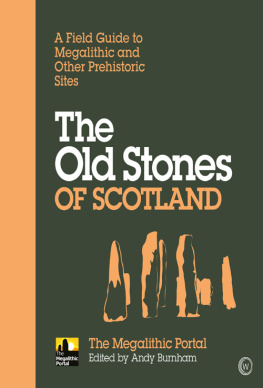
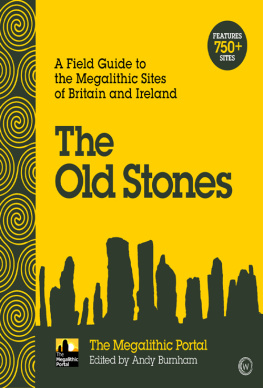
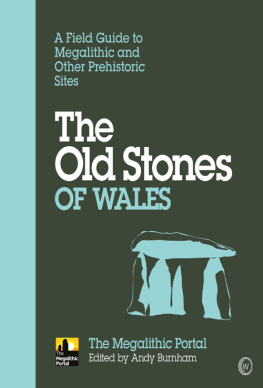
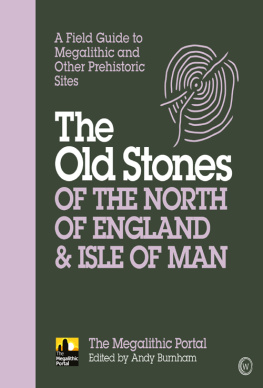


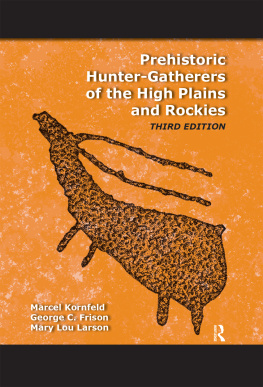
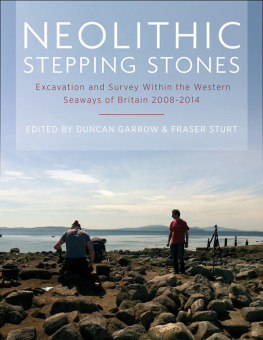
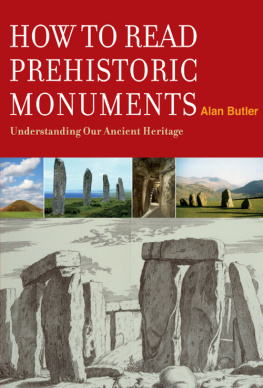
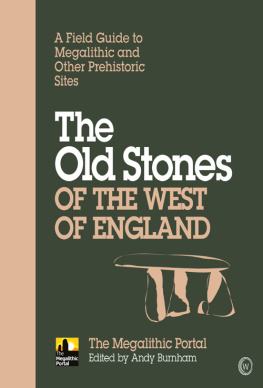

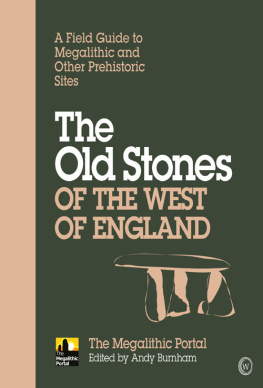
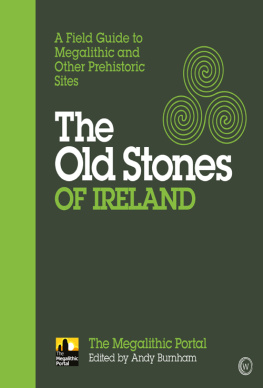

 rating. The voting data also provided the basis for most of the Top 10 and 15 lists you will see throughout the book. After all this, we are confident this is the most comprehensive and democratically selected list of prehistoric sites that has ever been put in a book like this, grouped into regions for convenient visiting and browsing.
rating. The voting data also provided the basis for most of the Top 10 and 15 lists you will see throughout the book. After all this, we are confident this is the most comprehensive and democratically selected list of prehistoric sites that has ever been put in a book like this, grouped into regions for convenient visiting and browsing.